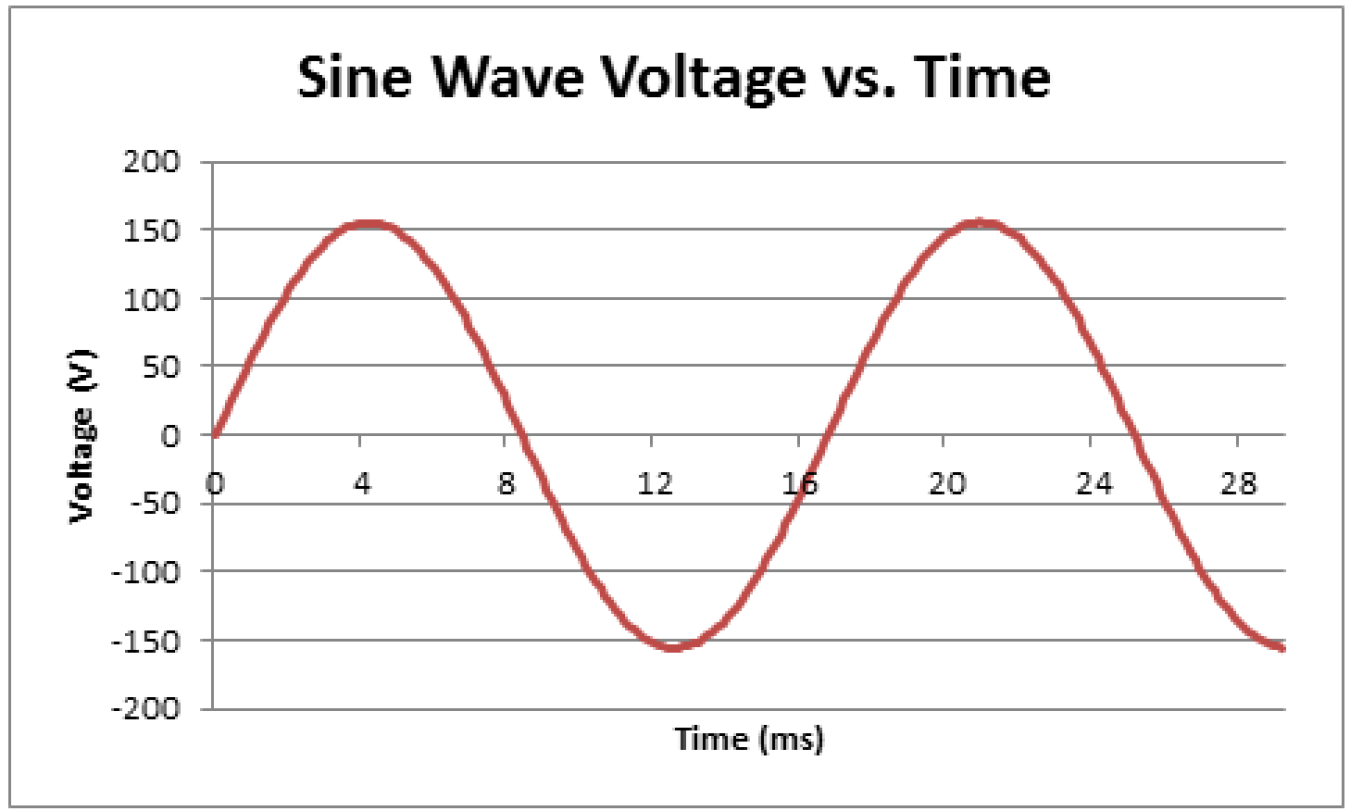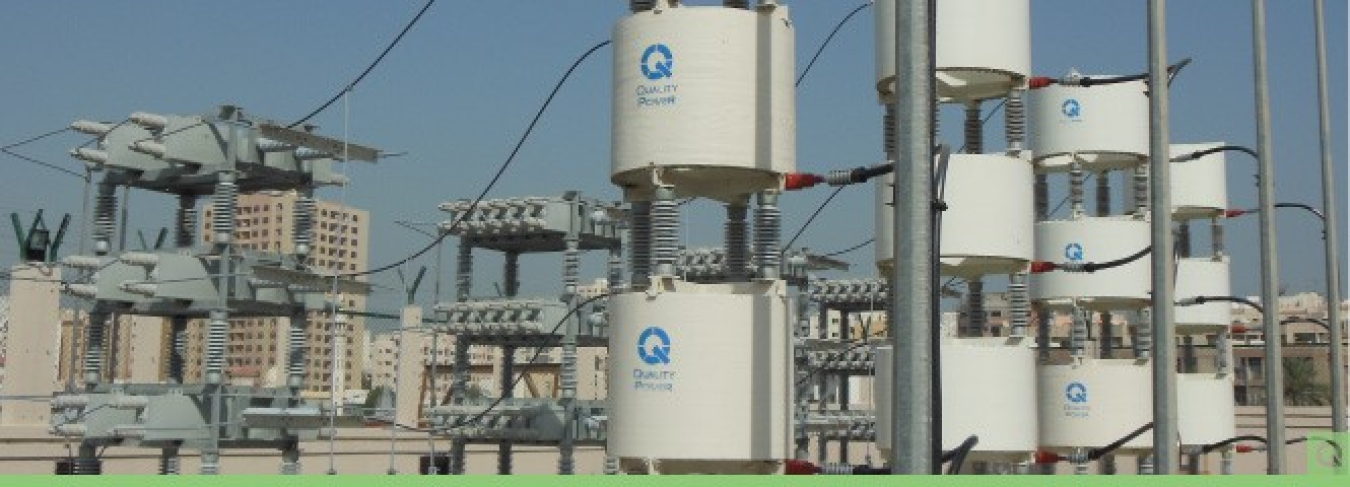A look behind the scenes at what happens every time you flip a light switch.
Office of Critical Minerals and Energy Innovation
September 13, 2018You probably don’t think about what’s happening behind the scenes every time you flip a light switch or turn on the air conditioner, but there is a lot that goes into "keeping the lights on." Beyond the watts that you use, which is what your local utility uses to calculate your electric bill, there are a number of additional parts necessary to keep electricity flowing. The electric grid’s health is maintained by system operators who use a combination of automated and manual controls to adjust various aspects of the system to keep the grid reliable by ensuring a balance between supply (generation) and demand (load). The North American Electric Reliability Corporation (NERC) calls these aspects of electricity essential reliability services. They’re sometimes also referred to as ancillary services and generally consist of three main aspects: frequency response, balancing, and voltage control.
Frequency Response
Frequency response is how the power grid works to keep itself operating at a healthy 60 hertz, which is a measure of the grid oscillating up and down 60 times per second. This oscillation is impacted each time the load changes, like when turning on the lights, when a transmission or distribution line trips off due to lightening, or when a generator suddenly stops operating.

Grid frequency is maintained by a combination of:
- The physics of how other generators in the system naturally respond by quickly injecting more watts into the system to maintain a healthy 60 hertz level.
- Controls built into generators and load that manage watts to get to the appropriate hertz.
- Control of generators by system operators to further re-balance the grid.
Each of these responses happen in a time-frame of 1/100ths of seconds, to seconds, to minutes.
Balancing Services
Balancing services are related to frequency response and represent the longer time-frame aspects of keeping the grid healthy. Balancing services are provided when system operators further adjust the watts a generator injects into the system over several minutes to hours. Over the longer term, system operators also create balancing plans to increase the watts from other types of generation in preparation for scheduled maintenance of large generators, such as nuclear units that are planned for refueling.
Voltage Control
Voltage control is a different but equally important part of grid health. A useful analogy for voltage control is blood pressure. If you think about the circulatory system, watts represent the blood flowing through your veins, whereas voltage is the blood pressure that keeps your veins open so the blood, or "watts", can flow. Voltage is controlled by adjusting reactive power, a type of magnetic energy, in the grid through the adjustment of controls in generators that enable switching on and off combinations of capacitors and inductors, which continually store and release reactive power. Increasingly voltage is also controlled by management of the load side of the system by adjusting settings on transformers.

Quality Power undertakes turnkey installations of capacitor banks for utilities and industries.
Throughout history, all of these essential reliability services have been provided through the design and operation of the grid and by conventional generation sources like hydropower, nuclear, coal, and natural gas. The amount of electricity produced by these types of generators generally remains consistent over time. With the exception of rare instances when a generator trips off, or when a hydropower generator gradually changes its output based on water availability, historically the biggest source of variation has been the usage pattern of people and businesses of changing their load, say, by switching the lights and air conditioning on and off. Each of these grid components operate using generators that have natural responses to potential grid reliability problems that are well-known and are combined with secondary human-level controls that grid operators have extensive experience using.
However, newer technologies such as wind, solar, many energy storage technologies, and new types of load controls operate through the use of power electronics and control systems that don't operate in the same way as historic technologies. Newer technologies offer interesting opportunities because their control systems can be tuned to operate similar to conventional generation. Current and future systems combine a variety of tools such as forecasting for the case of weather-dependent generation like wind and solar; advanced load control, which allows control over system demand; and operation in new ways such as in a "curtailed state." Curtailment occurs when a generator such as a wind plant could be sending power to the grid, but does not. This occasionally happens when grid system operators tell wind plant operators not to produce energy due to limited capacity on the grid, like when electricity supply exceeds demand. However, wind plant operators could also choose to operate the turbines at a level below their maximum output in order to provide the flexibility to be able to inject more watts into the grid when they are needed to maintain grid health. These technologies and tools, some of which have been developed with support of the U.S. Department of Energy, provide opportunities to be better stewards of the grid and help provide essential reliability services.

